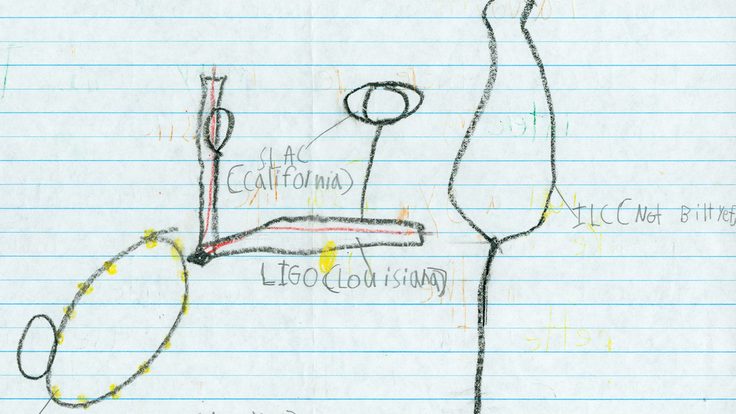Nobel banners restored at Berkeley Lab
Street banners honoring nine of Berkeley Lab's Nobel Prize winners, originally installed along Telegraph Avenue in 2003, have been mounted on poles on Cyclotron Road leading to Berkeley Lab in honor of its 75th anniversary.





